The content of the article
- 1 The main medicinal properties of the lilac bush
- 2 Indications
- 3 The use of lilacs in cooking
- 4 How to use lilac in cosmetology
- 5 What contraindications can be used?
- 6 How to properly assemble and prepare lilacs
- 7 Alcohol tincture of lilac and contraindications to it
- 8 Lilac Tincture Recipe
- 9 Video: treating joints with lilac flowers
Lilac blooms in spring, this bush has beautiful flowers of different colors. You can meet this plant in countries with a warm climate and here, where the climate is temperate. It is mainly planted for landscaping parks and gardens. Not everyone knows that lilac, in addition to the pleasant smell and beautiful flowers, also has useful properties. It is used in cosmetology and medicine.
The main medicinal properties of the lilac bush
Specialists distinguish the following properties of this plant:
- painkiller;
- sweatshops;
- anti-inflammatory;
- diuretic;
- antipyretic;
- healing;
- anticonvulsant;
- sedative;
- hypoglycemic.
Indications
Those who are engaged in traditional medicine have been using lilacs for a long time as a medicine. In this shrub, not only flowers are useful, but also bark, leaves and even buds.
- To relieve inflammation and sputum began to flow, a medicine from lilac is used during bronchial asthma and pulmonary tuberculosis. The plant contains ascorbic acid, it activates the body's fight against the disease and improves the immune system.
- As soon as urolithiasis and sand in the kidneys began to disturb, they use drugs based on lilac. Such a medicine removes excess salt from the body. Sand and still not big stones are removed naturally.
- Lilac lowers blood sugar. Preparations containing this plant improve metabolic processes in the body and burn excess sugar. Such drugs are taken not only when blood sugar rises, but also at any stage of diabetes.
- If you regularly use lilac leaves, this contributes to an excellent anticonvulsant effect. For asthma sufferers, this is especially good because there are significantly fewer seizures.
- Lilac is used in complex therapy for diseases of the joints that cause severe pain. Lilac tincture rubbed the sore spot and the inflammation decreases, and the pain goes away. Such a medicine cannot be completely cured, but the patient's condition can be improved.
- With serious bruises, bruises, swelling, you need to attach lilac leaves or grind the sore spot with infusion. The plant speeds up the recovery process, relieves pain and cools the affected area.
- During purulent wounds and ulcers, lilacs are used. It accelerates tissue regeneration, cleans wounds from purulent and necrotic masses. Lilacs also treat diabetic ulcers.
- With inflammation of the kidneys and the genitourinary system, medicines containing this plant help to heal quickly. Pain and inflammation soon pass, the urine excretion process is getting better.
- In the field of gynecology, lilacs are used for severe pain during menstruation. It quickly relieves spasm and eliminates pain, and if you undergo treatment, the problem can be completely eliminated.
- Often common lilac is used to relieve stress. When the day was stressful and difficult, I want to relax, relax and remove fatigue. The smell of flowers alone will suffice. Some people like to use essential oil, while others prefer live bouquets. But in winter or autumn, it is unlikely to be able to pick up a bouquet of such fresh flowers, so you have to do it with improvised means. You can take a bath and add a few drops of aromatic oil with the smell of lilac.
- People who have trouble sleeping know that lilac helps to fall asleep. To do this, pick a few twigs of lilac and dry them in the sun. To preserve the color, the branches are stored in the dark separately from each other. Then these flowers are wrapped in cloth or in a bag and placed next to the pillow. You can arrange these branches around the room, they will add a pleasant smell. It will not only be better to sleep from this, but there will also be no headaches.
- Not everyone knows that lilac with such an ailment as malaria is one of the strongest helpers. You can be treated in many ways. Tea is brewed from lilac leaves. Dry leaves are crushed and insisted, then this infusion is drunk one teaspoon five times a day.
- If the temperature is high, then tea from buds or lilac inflorescences will help to lower it. It will be enough to take a couple of tablespoons and pour half a liter of boiling water. After that, you need to let him stand in the heat. Traditional medicine recommends drinking one glass three times of warm infusion. Add honey at will.
- With bronchitis, a strong cough and even whooping cough, tea from lilac leaves will help. Only need to collect leaves at a time when the bush is blooming. A few leaves of lilac are poured with boiling water, let it brew for several minutes and drink.
- When vision is very low apply lilac. An infusion of homemade lilac is prepared, then tampons are moistened in it and applied to the eyes for several minutes.
- Lilac helps get rid of barley in the eye. A few fresh leaves are crushed, then this pulp is laid out on a whole sheet of lilac and applied to a sore spot. Performing therapy four times a day or more, you will significantly reduce the inflammatory process.
- When a spur appears on the heel, lilac flowers simply insist on vodka. In a ratio of one to ten. It is necessary to let tincture stand for two weeks. After that, it is used for rubbing and compresses, which are applied to the sore spot.
The use of lilacs in cooking
Probably few people know that lilacs are used not only as a medicinal plant, but they also add this plant to the products that we consume daily. Here, for example, jam is made from fresh flowers of a plant. Its taste is sweet, slightly bitter, but has a beautiful floral aroma
If you take mint, lemon balm and lilac, you get a healthy syrup. Only lilac lilac flowers are added to food.
Important! White lilac is suitable only for treatment.
How to use lilac in cosmetology
Women and girls who monitor the beauty of their skin, hair and face often found aromatic and essential oils with lilacs among cosmetics. The skin becomes more elastic and fresh from such products, small wrinkles are smoothed.
Who has oily skin - use an ointment, based on which leaves and flowers of lilac. The beneficial effect of such a cosmetic product significantly reduces pores, reduces inflammation, and has a cleansing and analgesic effect.
What contraindications can be used?
Lilacs can have an adverse effect on the human body if taken incorrectly. That is, it can be poison to humans. Lilac flowers contain syringin and glycoside, and during decay they become hydrocyanic acid, which, as you know, is rich in toxic properties.
If a girl or woman has not had a monthly period for a long time, then any drug that has a lilac content is contraindicated. Refuse to take medications containing such a plant is also for those who have been diagnosed with serious kidney disease, as the disease may worsen. Reception should be only after the appointment of a doctor.
What lilac consists of, scientists have not yet studied to the end, therefore, so that there are no health difficulties, before you start taking a medicine based on lilacs, it is better to get advice from a medical specialist.
How to properly assemble and prepare lilacs
It is important to prepare lilacs for subsequent treatment at a time when it is still in buds. It is necessary to break off or cut off the branches of the bush, collect them in bunches and hang them to dry in the fresh air. If there is no summer house or private house, then this can be done on the balcony. Leaves from the bush can be collected for three months: May, June, July. Then, paper or fabric is spread out, the leaves are poured, leveling them with a thin layer. The room should be well ventilated. Dried lilacs are stored for no more than two years.
Alcohol tincture of lilac and contraindications to it
The lilac bush is not only beautiful, endowed with many medicinal properties, but also has toxic substances. Since tincture is used internally, you need to be extremely careful. Contraindications apply only to alcohol tincture, it can not be used in such cases:
- If there is no menstruation for a long time.
- Chronic renal failure.
- Complicated diseases of the gastrointestinal tract.
- If atonic constipation.
- Glomerulonephritis.
Lilac Tincture Recipe
In order to prepare such a tincture, you first need to collect leaves and flowers of lilac. It will be good if this bush does not grow near the road and plants. You need to collect lilacs for medicine in dry weather. What color lilac is more useful is still unknown, but most scientists agree that it is a white lilac.
Lilac tincture for alcohol - a classic recipe
There are many different ways to prepare tinctures for lilacs a lot, but this is the most common recipe that is used for various diseases and ailments.
In conclusion, we can say that lilac is a universal plant that helps get rid of many diseases. If you use the healing properties of lilac correctly and for the intended purpose, you can eliminate inflammatory processes, lower blood sugar, lower body temperature, get rid of cough, wounds, bruises, headache, relieve arthritis, osteochondrosis and many other diseases. And, of course, in some cases, it is worth using lilac in conjunction with other medications.
Video: treating joints with lilac flowers

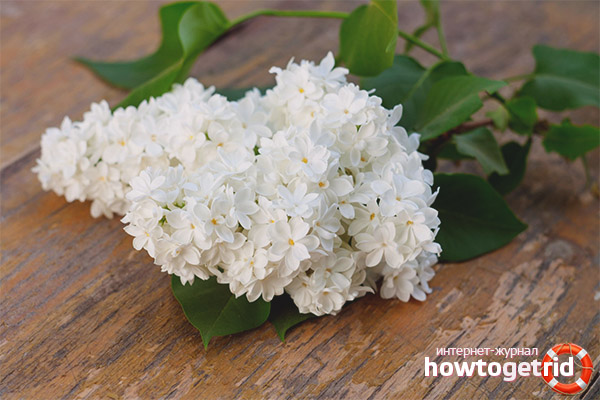

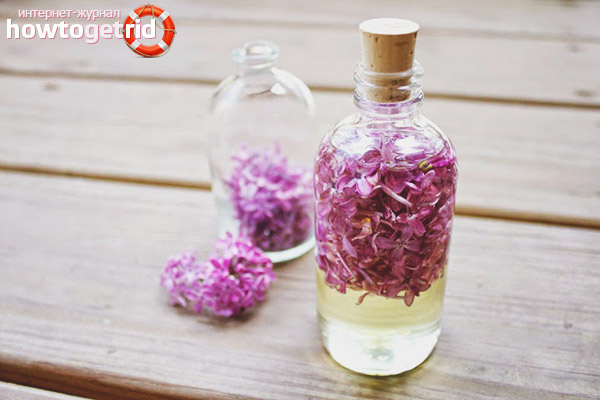
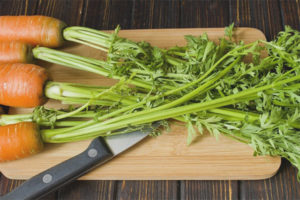
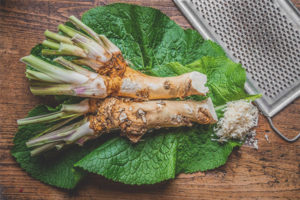
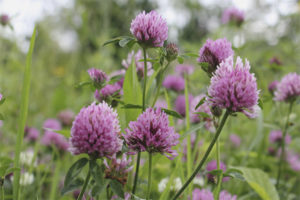
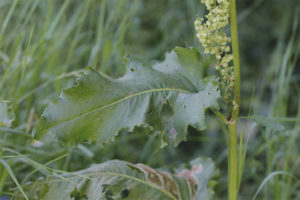
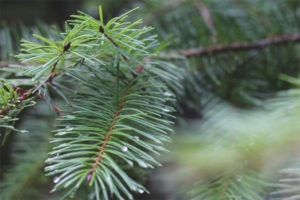
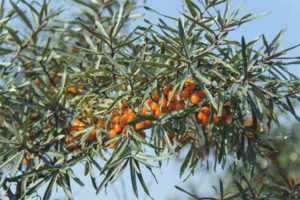
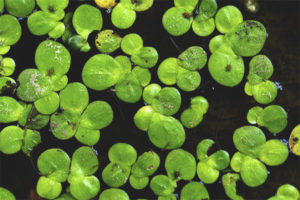
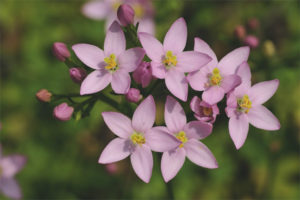
Submit